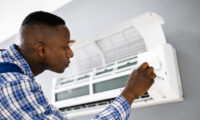How to Do a Home Energy Audit
Home energy audits can help you get an understanding of your home’s current energy use and showcase what tactical steps you can take to improve your energy efficiency. This audit can show you where your home is losing energy, what problem areas you should prioritize, and what jobs you can do on your own or need to hire a professional contractor for. Doing a home energy audit or getting a professional audit done should be the first step you make in your energy-saving home improvements. Learn how to do a home energy audit and save money on your electricity bill.
How to Do a Home Energy Audit
In preparation for a home energy audit, you should come up with a list of existing concerns you have with your home, such as drafts or air leakage and condensation, and a summary of your energy bills from the last several years. If you want a thorough assessment of your home’s energy use and do not want any stone left unturned, it is best to get a professional home energy audit for accuracy and possible immediate energy conserving measures at the time of the audit. In this room-by-room and exterior examination of your home, energy auditors may conduct a calibrated blower door test to find a home’s air infiltration rate, as well as a thermographic inspection to determine thermal defects and air leakage.
While a professional energy audit can provide the most accurate and complete depiction of your home’s energy use, a careful self-assessment can help you pin-point and prioritize your home energy efficiency upgrades. If you do not want to spend money on a professional energy audit, you can certainly conduct a do-it-yourself energy audit by doing a careful walk through of your home. Read below to learn about the main ways you can examine your home’s current energy use and what you can do to improve its efficiency, both inside and outside of the home.
Identify and Seal Air Leaks
Sealing air leaks can have a huge impact on energy savings. You or a professional should inspected the gaps along the following areas for air leaks: baseboards, floor edges, ceilings and wall junctures, window frames, electric outlets and switch plates, weather-stripping around doors and windows, fireplace dampers, attic hatches, pipes are wires, foundation seals, and mail slots. If you cannot replace old windows, which is best practice for improving energy efficiency, consider adding or replacing weather-stripping and plastic-sheets over the windows to reduce air leakage. The exterior of your home should also be inspected. Take a look at any cracks or holes in areas where two different building materials meet, such as where brick meets siding, and at foundations.
Inspect and Upgrade Insulation
The level of insulation in your walls, ceiling, and floors can make or break the heat retention in your home, and more likely than not could use some type of upgrade to properly manage the climate you live in and the type of heating you use at home. The attic, walls, and basement insulation should be thoroughly inspected. In the attic, ensure that there is insulation around the exposed structural frame and ceiling joists as well as openings around the hatch, ductwork, pipes and chimneys, and add more insulation if necessary. If there is no vapor barrier, which is a tar or kraft paper attached to fiberglass batts or plastic sheeting that prevents moisture from passing through the ceiling, then make sure you install some immediately. The attic should also be properly ventilated with vents and fans, and the insulation should not block these vents, in order to keep an open pathway for airflow. To check the level of wall insulation that your home has, make a small hole in an unobtrusive place on the wall to see what kind of insulation is there. Any wall cavities opening into the basement or attic should be tightly filled with insulation to prevent heat loss and moisture build up. To have a properly insulated basement, you should have insulation with a minimum R-value of R-25 under the living area flooring, and insulation with an R-value of at least R-19 on foundation walls. Furnace ducts, water heaters, and hot water pipes should also be insulated since they consume so much energy.
Get a Home Energy Audit Today!
Heating and cooling is the most expensive form of energy consumption in residential homes, and air leakage through cracks or poor insulation only makes your electric bill that much steeper. Investing in home energy audits can be the first step towards a more energy efficient, comfortable, and affordable home. Conduct a home energy audit on your own or get a professional audit done today!
What our customers are saying
See why our power customers say we're the best electricity provider in Texas!
I was worried about getting electricity for my home through a prepaid company. I was calling around to see different rates then going through all the hassle of credit checks while dropping points each…
I have been with this company for several years and have been very happy since. Even when I moved, they made my usually stressful situation very easy and carefree. I recommend them to everyone that I…
I have enjoyed the service for 2 years now. In the beginning this service was planned to be temporary but with the service being so effective for me i decided to keep it for the long haul. I’m a happy customer.









